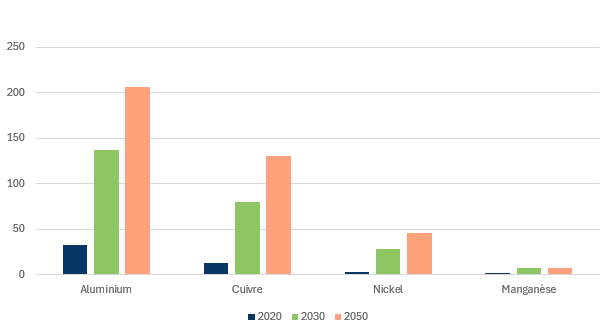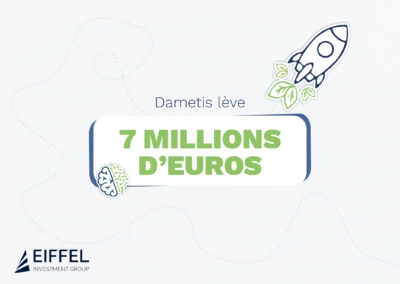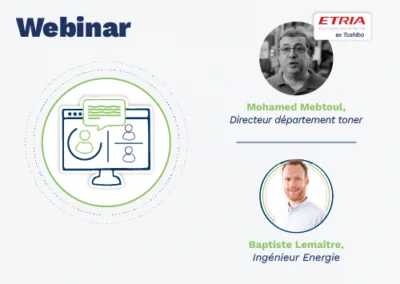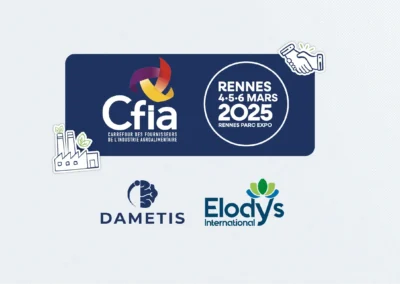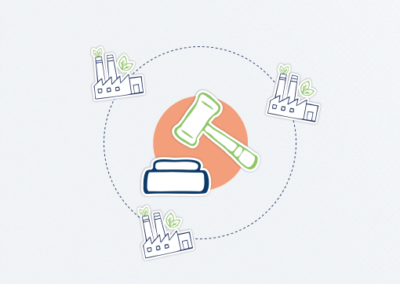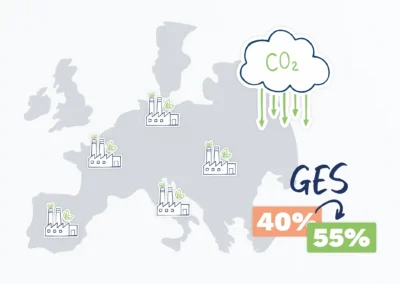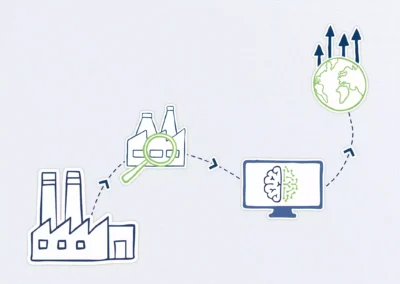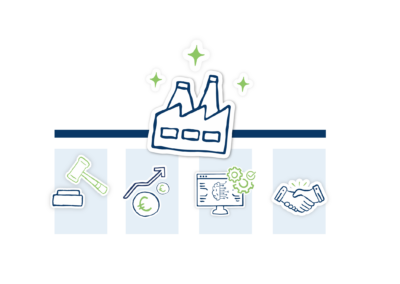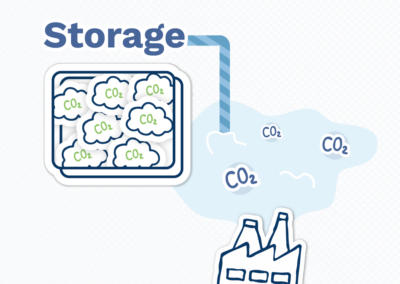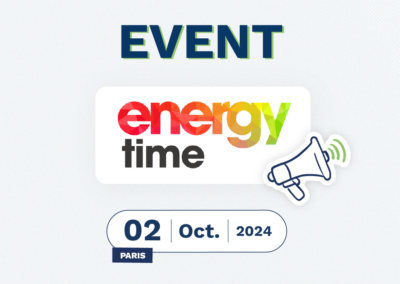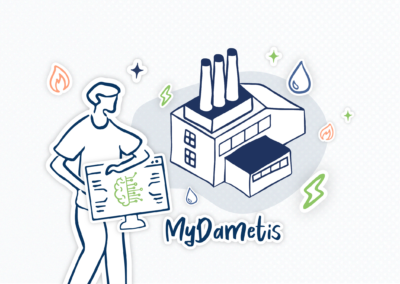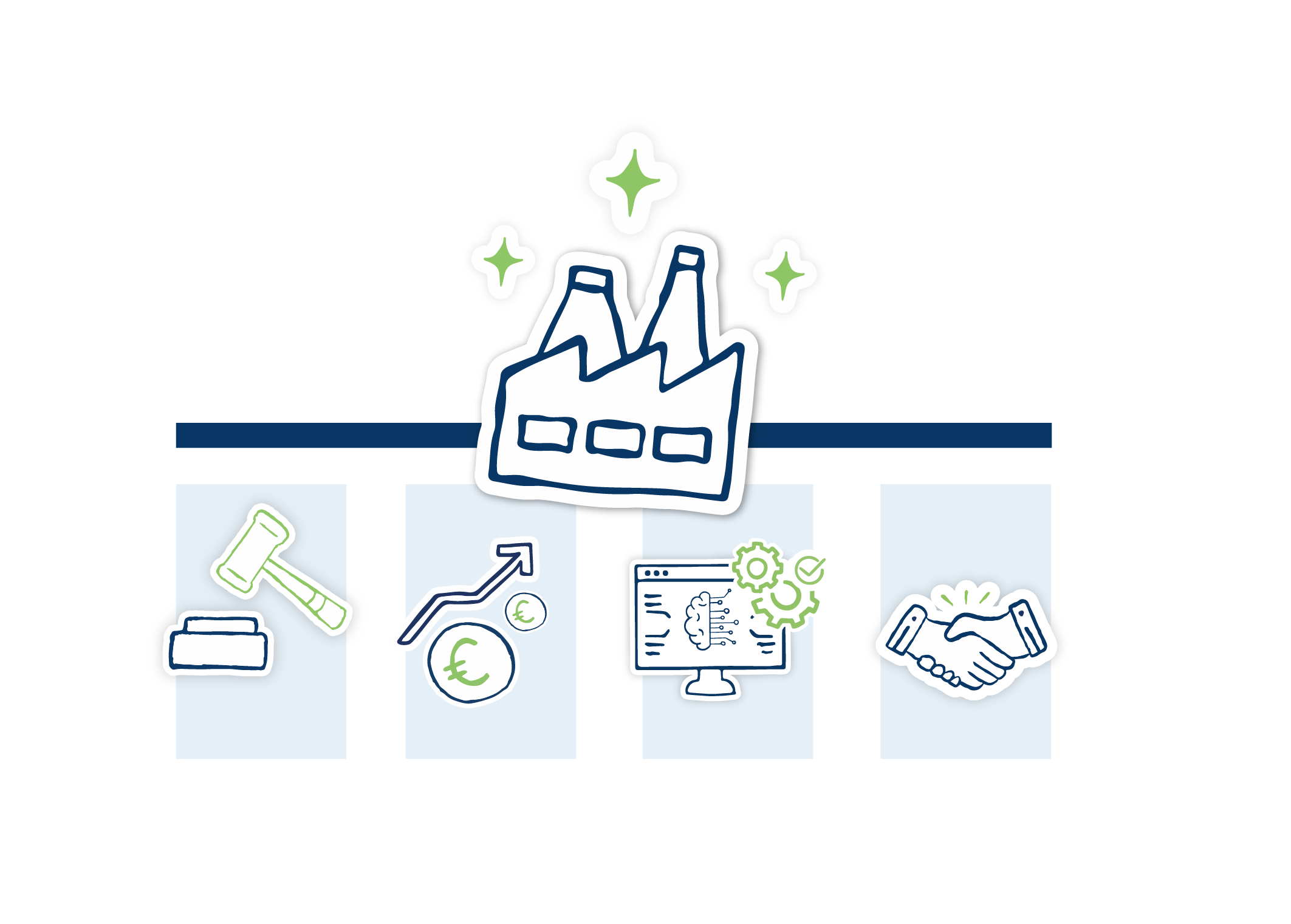
The industrial plan of the Green Deal to revitalize the European industry
Stimulating and protecting the European net zero emissions industry
On February 1 , 2023, the European Commission launched the “Industrial Plan of the Green Deal for the Era of Net Zero Emissions.” In May 2024, the European Council adopted a regulation for a “net zero” industry (Net Zero Industry Act, NZIA), moving in that direction. Nineteen “net zero” technologies were selected, including batteries, wind turbines, heat pumps, photovoltaic equipment, electrolyzers, nuclear energy, and carbon capture, utilization, and storage (CCUS) technologies.
By adopting an industrial plan, the EU aims to stimulate its clean technology industry. Another objective is to protect it from unfair practices by its trading partners, particularly China. The industrial plan of the Green Deal is based on four pillars.
Pillar 1 of the Green Deal: A predictable, coherent, and simplified regulatory environment
This first pillar includes several aspects. First, to define a simplified regulatory framework applicable to the production capacities of the equipment necessary to achieve carbon neutrality.. Il vise, notamment, à simplifier le processus d’octroi des permis pour les projets stratégiques et à faciliter l’accès des technologies propres dans le cadre des marchés publics.
At least 40%
of the clean technology equipment required must be produced in Europe by 2030.
Source: European Commission
The second component focuses on the critical raw materials needed to manufacture the equipment. Thirty-four have been identified, including cobalt, copper, lithium, nickel, and tungsten. Europe is currently highly dependent on external sources for its supplies (100% of heavy rare earth elements are provided by China, 71% of platinum by South Africa, etc.). In March 2024, the European regulation on raw materials was adopted. It aims to achieve several objectives by 2030:
- At least 10% of the EU’s annual consumption of critical raw materials must come from extraction within the Union.
- At least 40% of the EU’s annual consumption must come from processing within the EU (refining, treatment, etc.).
- At least 25% of annual consumption must come from domestic recycling.
- No more than 65% of the EU’s annual consumption for each strategic raw material should come from a single third country.
Evolution of raw material demand in the European Union
(high demand scenario), in millions of tons per year
Source: European Commission
Finally, the reform of European electricity markets is the third major component.
Pillar 2 of the Green Deal: Accelerate access to financing
There are already many financing programs for the transition to a carbon-neutral economy. For example, the 27 national recovery and resilience plans have allocated 250 billion euros to finance green measures. The Horizon Europe program has 40 billion euros for research and innovation within the framework of the green deal. Finally, to cite one last example, the EU cohesion policy has allocated 100 billion euros for the ecological transition. The available funds have primarily been used for research, innovation, and the deployment of renewable energy. The goal now is to broaden and facilitate access to financing for the net zero industry.
National subsidies are at the heart of the European strategy.. La commission souhaite gagner en souplesse dans l’octroi des aides d’État. Plusieurs leviers ont été identifiés, en particulier la simplification des aides à la décarbonation des processus industriels via des plafonds d’aides par bénéficiaire plus souples ou encore la possibilité d’accorder des aides en fonction d’un pourcentage standard des coûts d’investissement. Un meilleur fléchage des aides vers de nouveaux projets dans les chaînes de valeur de l’industrie à zéro émission nette est également prévu. Enfin, les États auront plus de latitude sur les montants d’aides octroyés à certains secteurs clés tels que le captage et stockage de carbone, les véhicules à émissions nulles, les infrastructures de recharge ou encore l’hydrogène.
EU funding will continue to be used and will be increased. . Pour faciliter leur accès, une plateforme « Technologies stratégiques pour l’Europe » (Strategic Technologies for Europe Platform, STEP) est actuellement en cours de création. L’idée est de rediriger les financements de fonds existants (InvestEU, Fonds pour l’Innovation, Horizon Europe, fonds de cohésion…) vers trois grands domaines stratégiques :
- Breakthrough innovations such as microelectronics, quantum computing, and artificial intelligence.
- Renewable technologies (electricity storage, alternative fuels, CO₂ capture, hydrogen, etc.).
- Biotechnologies and bioproduction like biomolecules and medical technologies.
A “sovereignty label” will be awarded to projects contributing to the objectives, enabling their promoters to attract public and private funding more easily.
The final focus is on private financing. In this case, the EU positions itself as a facilitator, with the ambition to intensify efforts to create a more efficient capital markets union. According to the Commission, a single capital market would allow companies to raise funds more easily while being less dependent on bank financing.
Pillar 3 of the green deal: Skills improvement
The development of green and digital skills is the third pillar of the industrial plan of the green deal. The Commission aims to take several actions simultaneously, including:
- Aligning supply and demand by setting employment goals and indicators in sectors important for the green transition.
- Engaging stakeholders in the clean technology sector to define skill needs. With this in mind, a skills partnership for the European renewable energy industry was launched in March 2023. This partnership brings together professional associations, representatives of renewable energy production installers, educational institutions, and national authorities. Comparable initiatives will also be launched in the fields of heat pumps and energy efficiency.
- Creating net zero industry academies to train 100,000 workers within three years.
800,000 jobs
are expected to be created in the battery industry between 2022 and 2025 in Europe.
Source: European Commission
Pillar 4 of the green deal: Resilient trade and supply chains
The development of trade exchanges with non-EU partners is a key aspect of the EU strategy within the framework of the industrial plan of the green deal. In this regard, the EU will continue to promote international cooperation through the World Trade Organization (WTO) and free trade agreements. New initiatives will also be deployed: the creation of a critical raw materials club to ensure a safe and sustainable global supply, the development of industrial partnerships, and the establishment of an export credit strategy.
While the EU emphasizes open trade, it insists on fairness. It seeks to protect its market and companies from competition distortions. Dumping practices and subsidies are particularly targeted.. La Commission européenne constate, en effet, que le marché est par exemple faussé par les subventions chinoises massives à l’innovation et à la production dans le domaine des technologies propres. Elle continuera à utiliser les instruments de défense commerciale dans le cadre de l’OMC qui permettent de corriger les effets des pratiques déloyales avantageant les produits importés.
The EU also adopted the Foreign Subsidies Regulation, which came into effect in January 2023. This tool allows investigations into subsidies granted by third countries. Lastly, foreign direct investment screening within the Union will be reinforced.
Up to 35%
is the level of additional tariffs applied to electric vehicles manufactured in China and imported into the EU. This principle was validated by the EU member states on October 4, 2024.
Source: European Commission









